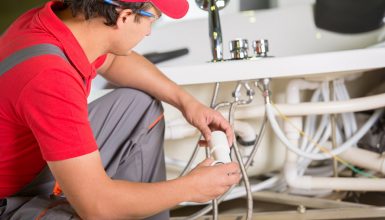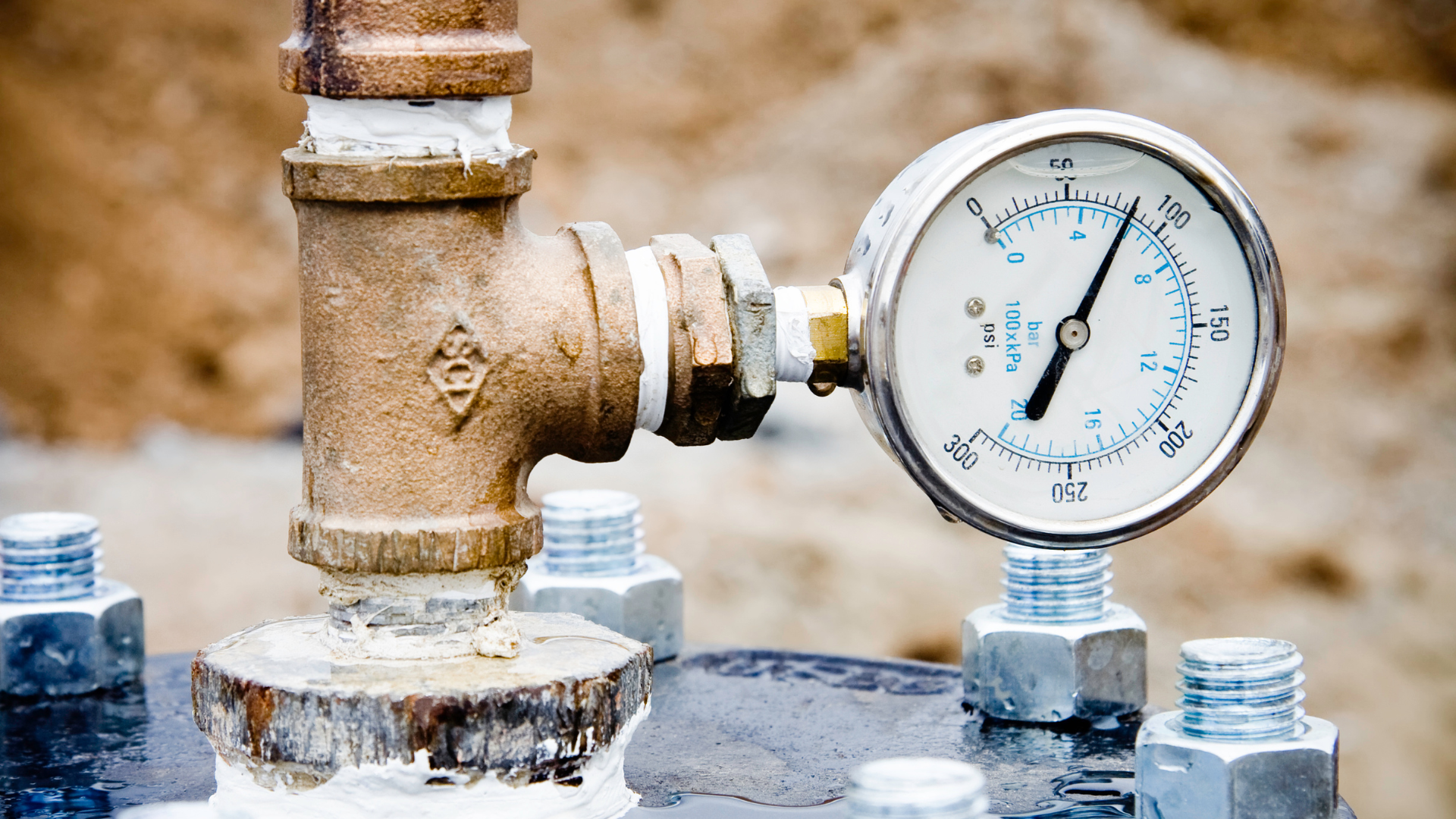Fast Steps for Low Water Pressure in Your Home
Fast Steps for Low Water Pressure in Your Home
Blog Article
Just how do you really feel on the subject of Dealing with Low Water Pressure in Your Home?

Low tide pressure in your home can be an aggravating problem, impacting whatever from bathing to washing recipes. If you're experiencing weak water flow, there are numerous feasible causes and solutions to check out. In this guide, we'll discuss typical factors for low tide pressure and sensible steps to address the concern efficiently.
Intro to Low Tide Stress
Low tide stress happens when the circulation of water from your taps, showers, and other fixtures is weak than usual. This can make everyday tasks a lot more difficult and less effective. Understanding the causes of low tide pressure is crucial to locating the appropriate solution.
Typical Sources Of Low Tide Pressure
Faulty Stress Regulatory Authorities
Pressure regulatory authorities are responsible for maintaining constant water pressure in your house. If they malfunction, it can result in low water pressure or unequal circulation throughout your house.
Local Supply Of Water Issues
In some cases, the issue exists outside your home. Local supply of water problems, such as main line leakages or maintenance job, can briefly reduce water stress in your area.
Pipe Obstructions
With time, pipelines can end up being blocked with natural resource, sediment, or particles, limiting the circulation of water. This is an usual problem in older homes with galvanized steel pipes.
Rust
Corrosion within pipes can lead to leakages and decreased water pressure. Corrosion accumulation can restrict water flow, particularly in maturing plumbing systems.
How to Detect Low Water Pressure
Examining Pipelines
Check visible pipelines for indications of leakages, corrosion, or obstructions. Take note of any kind of unusual sounds, such as banging or rattling pipelines, which might show concerns within the plumbing system.
Consulting with a Plumber
If you're incapable to pinpoint the root cause of low water pressure, take into consideration working with a specialist plumber to carry out a complete assessment. They can identify underlying issues and suggest ideal services.
Checking Faucets and Components
Begin by testing the water pressure at various faucets and fixtures throughout your home. If the concern is separated to particular locations, it might show local problems.
Do It Yourself Solutions to Take Care Of Low Water Pressure
Flushing Hot Water Heater
Sediment accumulation in the hot water heater can limit flow and minimize effectiveness. Flushing the container occasionally assists get rid of debris and preserve ideal efficiency.
Examining Pressure Regulator
Make certain that the stress regulator is working correctly. Changing or changing the regulatory authority can help bring back proper water stress throughout your home.
Cleaning Aerators and Showerheads
Mineral deposits can collect in aerators and showerheads, lowering water circulation. Get rid of and clean these elements regularly to enhance water pressure.
Cleaning Clogs in Pipes
For small obstructions, attempt using a plumbing snake or chemical drainpipe cleaner to clear blockages in pipelines. Beware when using chemicals and comply with safety standards.
When to Call a Professional Plumber
If do it yourself efforts fail to resolve the concern or if you believe substantial plumbing problems, it's best to look for help from a certified plumber. They have the know-how and devices to resolve complex issues safely and effectively.
Safety Nets to Maintain Water Pressure
Installing a Stress Booster
Take into consideration setting up a stress booster pump to boost water stress in areas with regularly low circulation. This can be particularly useful for multi-story homes or buildings with high-demand fixtures.
Monitoring Water Use
Bear in mind water use routines and stay clear of ill-using the plumbing system. Easy changes, such as astonishing showers and laundry tons, can assist preserve sufficient water pressure.
Routine Upkeep
Schedule regular maintenance for your plumbing system to prevent problems such as rust, leaks, and obstructions. Attending to minor troubles early can assist stay clear of even more considerable repair services later.
Verdict
Dealing with low tide pressure can be aggravating, yet recognizing the underlying reasons and carrying out suitable solutions can recover optimal circulation throughout your home. Whether it's cleansing aerators, examining pipelines, or consulting with a plumber, taking aggressive actions can guarantee a stable supply of water for your everyday requirements.
FOUR WAYS TO FIX LOW WATER PRESSURE NOW
Turning on a shower or faucet only to find the water comes out in a sad, slow drizzle is never a good feeling. How exactly are you supposed to wash a pan or take a quick shower when it takes 10 minutes just to rinse off a little soap? The good news is that when your water pressure is bad, there's always a cause: typically one that can be easily fixed. Here are some of the most common causes of low pressure and what you can do to fix the issue:
DEBRIS AND MINERAL DEPOSIT BUILDUPS
If you notice low water pressure from just one or two of the fixtures in your house, the problem likely has to do with debris buildup. Water is full of minerals and other debris, all of which can accumulate in your pipes and on your fixtures. This can cause a blockage that affects how much water flows through. To fix this, try filling a small plastic bag with white vinegar, and use a rubber band to hang it around your showerhead or faucet. Let the head of the fixture soak for a few hours, and the vinegar should loosen the deposits.
WATER LEAKS
Leaks are another common cause of low water pressure. If water is flowing out of your plumbing through a hole or crack before it can reach your fixture, the pressure coming out of the faucet or showerhead will be lower. A plumbing professional is your best bet for finding and repairing a leak in your water supply pipes.
Leaks are another common cause of low water pressure. If water is flowing out of your plumbing through a hole or crack before it can reach your fixture, the pressure coming out of the faucet or showerhead will be lower. A plumbing professional is your best bet for finding and repairing a leak in your water supply pipes.
A VALVE ISSUE
If you have low water pressure throughout your home, check your main shut-off valve to make sure it's completely open. You may also want to see if there's a pressure-reducing valve installed. If there is, have a plumber help you adjust the settings to get the pressure you're looking for.
OTHERS USING WATER
Believe it or not, your low water pressure could be caused by your neighbors. If you notice low pressure at certain times of day, it may be because you and the people living next to you have similar schedules - when everyone is showering at the same time, the pressure will be lower in every home. Low pressure throughout the neighborhood may also be caused by an issue with your municipal water supply. If that's the case, call the supplier to see if they're working on the issue.
https://www.rotorooter.com/blog/water-leaking/low-water-pressure-fixes/

As a fervent person who reads on 10 Reasons for Low Water Pressure in Your House, I think sharing that portion was really helpful. Sharing is nice. Helping people is fun. I truly appreciate your readership.
Website Report this page